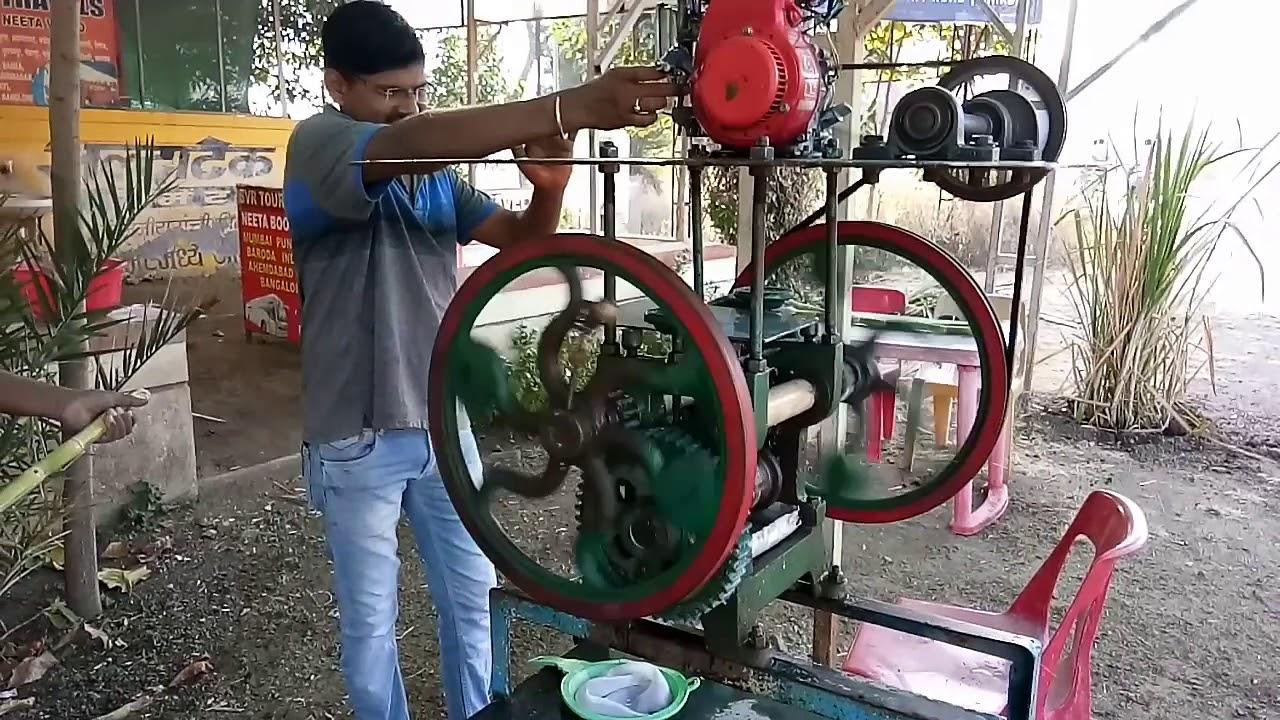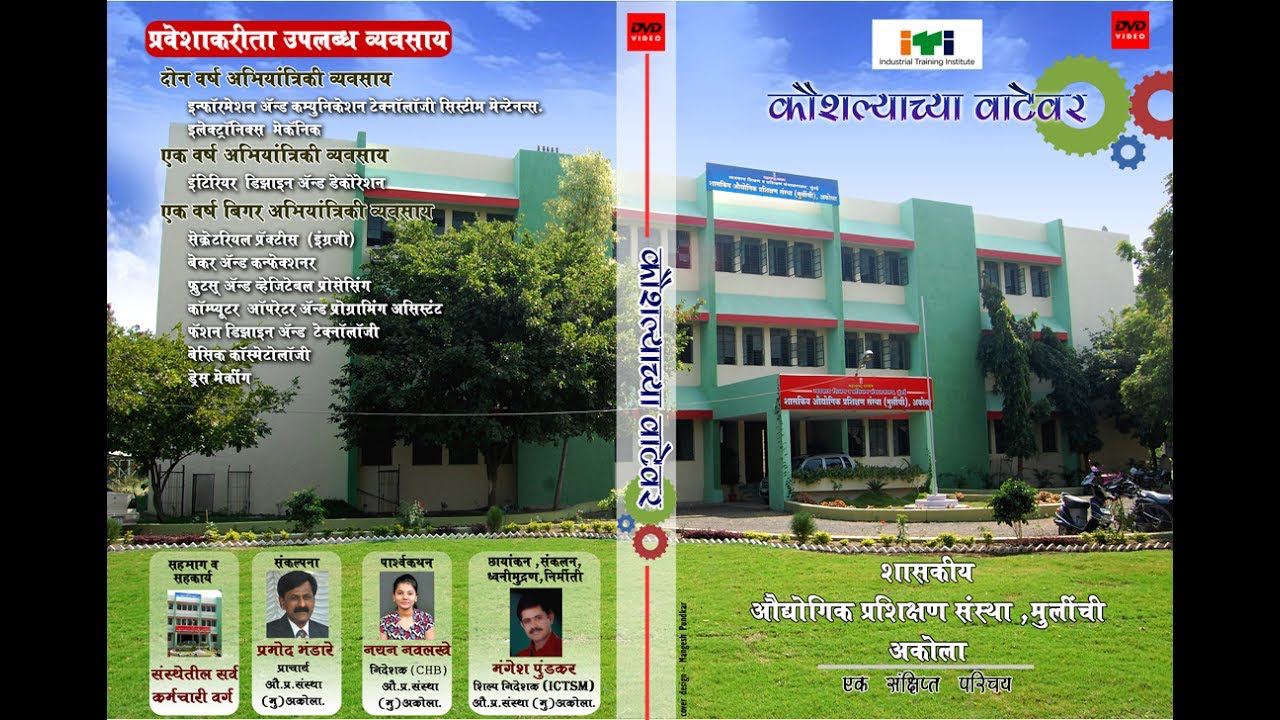Contents
- Main Occupations
- MIDC Labor Chowk
- Occupations and Employment Patterns
- Marginal Workers
- Labor Unions
- Technical Education Institutions
- Government Industrial Training Institute (ITI) for Women
- Graphs
- Workforce Composition
- A. Main Worker Population
- B. Marginal Worker Population
- C. Non-Worker Population
- D. Age Composition of Main Workers
- E. Age Composition of Marginal Workers
- F. Age Composition of Non-Workers
- Employment Characteristics
- A. Number of Workers
- B. Workers: Hired vs Not-Hired
- C. People Working in Govt Sector/PSUs
- D. People Working in Cooperatives
- E. People Working in Private Sector
- F. People Working in MSMEs
- G. Govt, Semi-Govt, and Private Employees
- H. Government Employment
- MNREGA
- A. Participation in MNREGA
- B. MNREGA Household Scope
- C. Job Cards Issued
- D. Job Cards Issued for SC and ST
- E. MNREGA Accounts
AKOLA
Labor
Last updated on 7 November 2025. Help us improve the information on this page by clicking on suggest edits or writing to us.
Main Occupations
According to the Gazetteer of 1910, occupational statistics are available only by district, but data from the former Akola and Basim Districts likely reflect the current Akola District's demographics. In 1901, 71% of Akola's population was engaged in agriculture, compared to 76% in Basim. The industrial sector comprised 14% in Akola and 11% in Basim, with commercial and professional roles each at 2%.
As of January 2025, agriculture remains a cornerstone of the local economy, with many residents engaged in farming roles, such as Agriculture Field Officers, emphasizing the region's focus on cotton and soybean production. The industrial sector is also expanding, offering opportunities for Mechanical and Civil Engineers and increasing factory jobs that provide mechanical employment. Sales and marketing roles are in high demand, particularly for Sales Representatives and Field Sales Executives, reflecting growth in the retail and service sectors. Administrative positions, including Account Assistants and Office Administrators, are essential for business operations, while government job opportunities continue to be significant.
MIDC Labor Chowk
The labor chowk in Akola, specifically located in the MIDC area and referred to as BK Chowk, serves as a crucial hub for laborers seeking employment. Here, individuals from nearby areas gather to find work, primarily in industrial sectors. The laborers often wait for employers to arrive and negotiate daily work, which typically involves loading and unloading trucks or other manual labor tasks. This system allows both unskilled and semi-skilled workers to secure temporary jobs, contributing significantly to the local economy.
Occupations and Employment Patterns

However, when agricultural work is scarce, some residents migrate to larger cities like Pune or Mumbai to seek employment in various companies. Additionally, there are opportunities in local brick manufacturing companies during off-peak agricultural seasons.
Migration labor is particularly prevalent when natural disasters, such as floods, disrupt agricultural activities. Locals report that many workers travel to cities and often stay in temporary accommodations like bastis or rented rooms. They typically gather at labor chowks to find work, with educated individuals sometimes securing more stable positions or contracts with companies that offer benefits like provident fund contributions.
According to the Gazetteer of 1910, while migration statistics may be unreliable, they indicated that in 1901, the percentage of immigrants to the total population was 31% in Murtizapur, 25% in Akola and Mangrul, and lower percentages in other areas. Immigrants are drawn to various features of the district, including agriculture and commerce. A notable amount of movement occurs as cultivators relocate to less populated neighborhoods for better land opportunities.
Jhadiwalas from the Central Provinces, primarily engaged in agriculture, migrated during a famine about 35 years ago. They continue to arrive gradually over the years, often traveling on foot. Marwaris are also prevalent, primarily involved in money-lending and cotton speculation. Female immigrants often outnumber males since wives are typically brought from nearby villages, but long-distance migrants rarely bring women.
Today, some individuals migrate to Gujarat, particularly Vadodara and Ahmedabad, during the summer to work in food-related businesses. They transport machinery via railways and set up small shops selling sugarcane juice, which is in high demand. This migration not only provides economic benefits but also allows them to bring back affordable clothing from Gujarat to sell in Akola.
Women constitute a significant portion of the seasonal workforce, primarily involved in agriculture and food processing factories. According to locals, women often work in fields performing tasks such as weeding and harvesting, earning daily wages between ₹150 to ₹200. In food factories, they can earn between ₹10,000 to ₹15,000 monthly. Some women also participate in construction work, carrying materials like bricks.
Programs aimed at empowering women have significantly increased their participation in the workforce. The Pradhan Mantri Vishwakarma Yojana is a key initiative that provides women with essential resources to start small businesses. This program offers free skill training, a daily stipend of ₹500, toolkits valued at ₹15,000, and loans up to ₹3 lakhs. These resources enable women to pursue entrepreneurship in various sectors, including tailoring and handicrafts.
Additionally, self-help groups like Mahila Bachat Gat play a crucial role in promoting women's entrepreneurship. These groups facilitate savings among women from minority communities and provide access to low-interest loans for starting small food businesses. By pooling resources and sharing knowledge, these groups empower women economically and socially. Despite these advancements, societal attitudes towards women's work can still be conservative. Many women are accepted in roles that align with traditional expectations, such as agriculture and textiles. However, there is often resistance to women taking on roles that challenge established gender norms.
Marginal Workers
Labor Unions
As of December 31, 1967, there were 34 trade unions registered in Akola district under the Trade Unions Act of 1926, with a total membership of 4,934. These unions represented various industries, including cotton ginning and pressing, flour mills, and the hydrogenated oil industry.In the year following this data collection (1968), a total of 388 complaints under various labor laws were received. Out of these complaints, 80 were settled in favor of workers, while others remained indeterminate or were withdrawn.
Labor unions in Akola serve as crucial organizations for advocating workers' rights and addressing grievances. They provide a platform for collective bargaining and play a significant role in negotiating better wages and working conditions across various industries.
Technical Education Institutions
Government Industrial Training Institute (ITI) for Women

The Government ITI for Women offers various courses aimed at equipping women with practical skills in different trades. Located on Mankarna Plot, Shivaji College Road, the institute has an intake capacity of 50 girls. It provides essential resources such as free skill training, toolkits, and financial support through programs like the Pradhan Mantri Vishwakarma Yojana. This initiative helps women start small businesses by offering stipends and loans, thereby empowering them economically.
In Akola, agriculture remains the primary occupation, with many families involved in farming crops such as soybean and cotton. Youths often assist their parents in these agricultural activities, gaining hands-on experience and understanding the intricacies of farm management. This engagement not only helps preserve family traditions but also equips young people with essential skills that can be applied in broader contexts. Additionally, youth involvement in family businesses extends to small enterprises, such as food stalls and local shops. Programs like the Pradhan Mantri Vishwakarma Yojana provide valuable support by offering skill training, stipends, toolkits, and loans for young entrepreneurs looking to start or expand their family businesses.
Graphs
Workforce Composition
Employment Characteristics
MNREGA
Last updated on 7 November 2025. Help us improve the information on this page by clicking on suggest edits or writing to us.